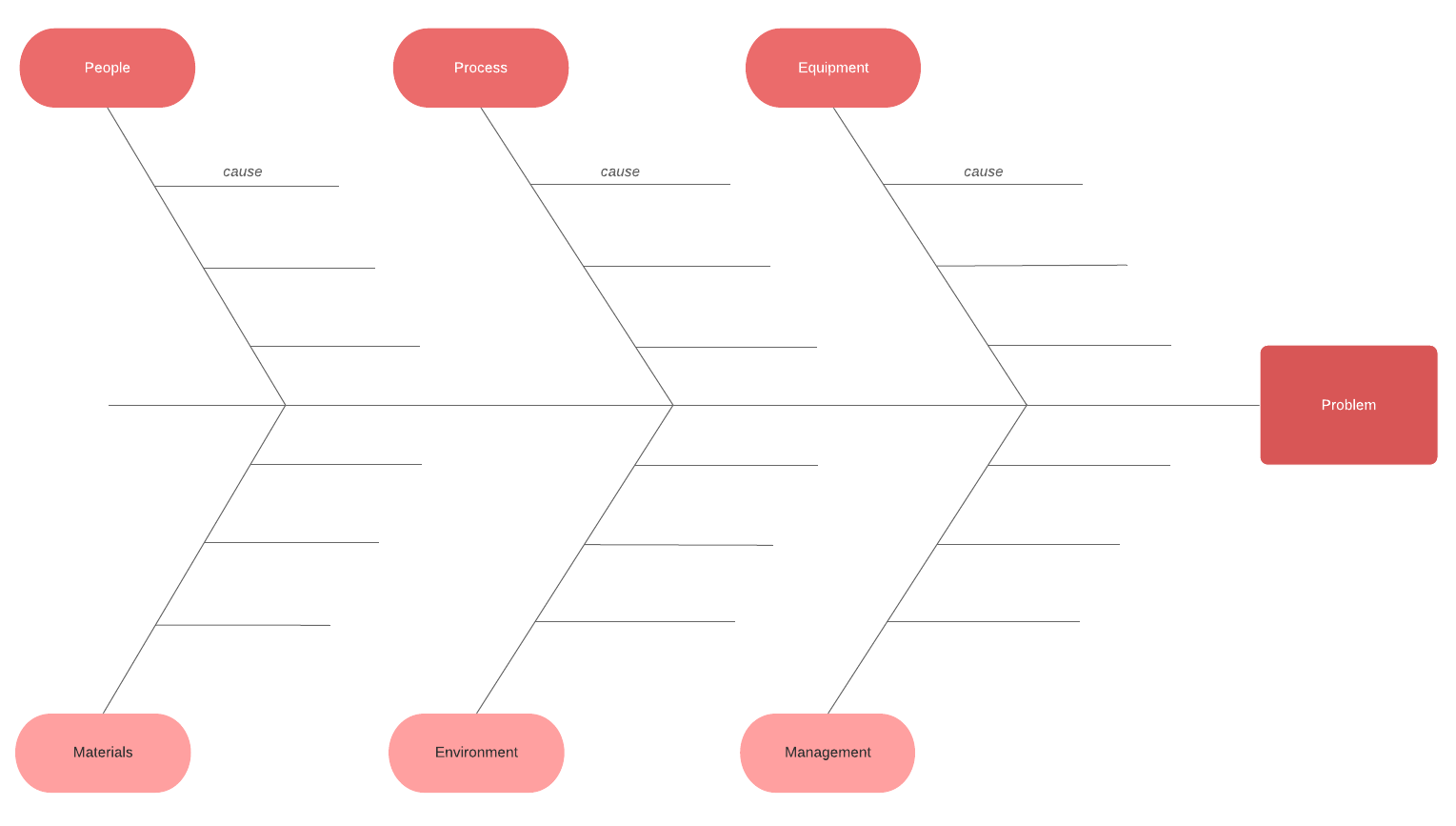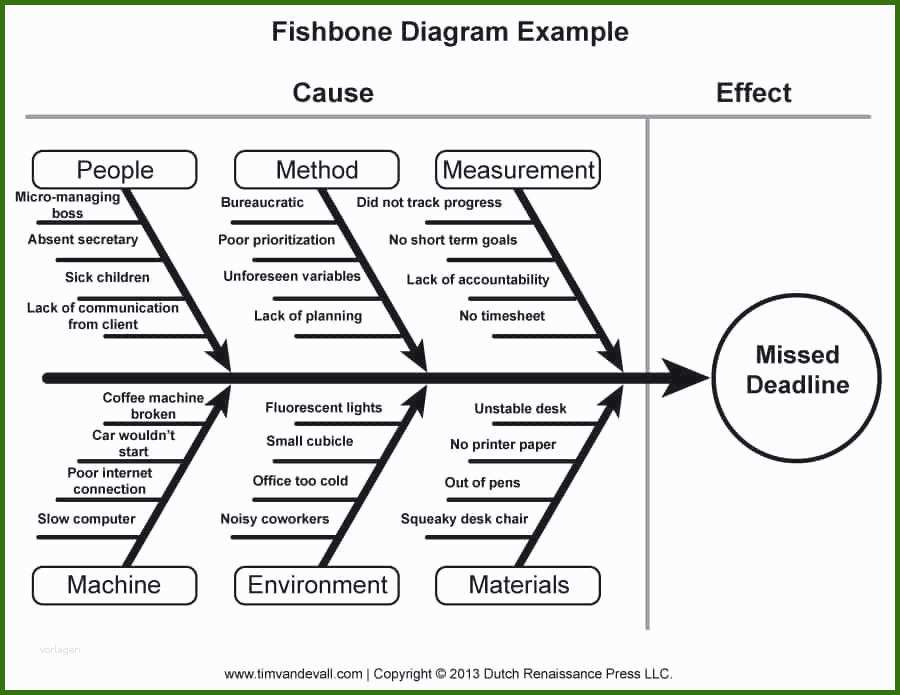


#CREATE ISHIKAWA DIAGRAM ONLINE FREE UPGRADE#
If you would like the logo removed, simply upgrade the plan (a small fee). Although you can use Creately online for free, whenever you export the diagram as an image, a small Creately logo will be added on the bottom right of the diagram. I’m sure you get the idea of how you can use Creately to easily draw and publish your fishbone diagram. Once the Fishbone Diagram Template is selected, you can proceed to edit the effect/problem, categories, and possible causes by clicking on the default text and changing it accordingly. To start off with Creately, you’ll need to sign up for an account after which you can easily create a fishbone diagram simply by choosing a template. But if you do not have Powerpoint, then there’s this online tool called Creately which allows you to create a fishbone diagram online for free.Ĭreately is an easy-to-use online diagramming application that’s built for collaboration. Once the fishbone diagram is finalized, it can be easily drawn out using Powerpoint. The best way to create a fishbone diagram would be to draw it on a board so that it can be brainstormed and discussed thoroughly before printing and distributing the diagram. And one way to do this would be to create a fishbone diagram that can be viewed and used to attempt to solve the problem. It’s very important to put all the possible causes on the drawing board in order the see the entire picture of the problem. In some organizations, whenever they encounter problems, they would quickly attempt to douse the flames only to realize that new fires are started elsewhere. Provide a starting point to discuss potential fixes to a problem.


Your team might find it helpful to place ideas on category ribs as they are generated, or to brainstorm an entire list of ideas and then place them on ribs all at once. Connect them to the backbone, in "ribs." There is no specific number of steps or categories you might need to describe the problem some common categories are listed below.īrainstorm possible problem causes, and attach each to the appropriate rib. Draw a line with an arrow toward the head of the fish-this is the fish's "backbone."īrainstorm major categories of your process or procedure. Write the problem statement on the right side of your paper, at the head of the "fish." Your team will work out and away from this problem. Be specific about how and when the problem occurs. Problem Statementĭraft a clear problem statement, on which all team members agree.


 0 kommentar(er)
0 kommentar(er)
